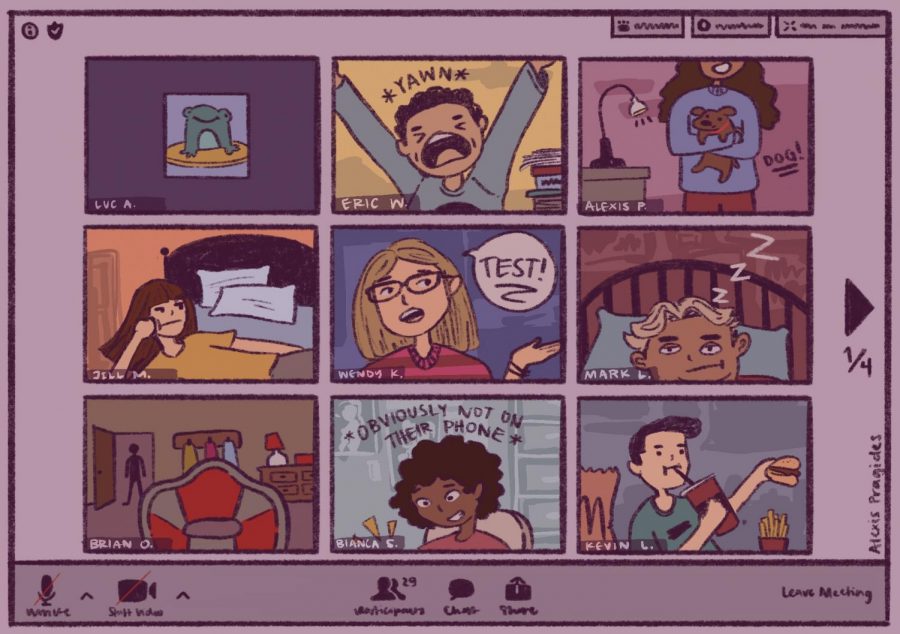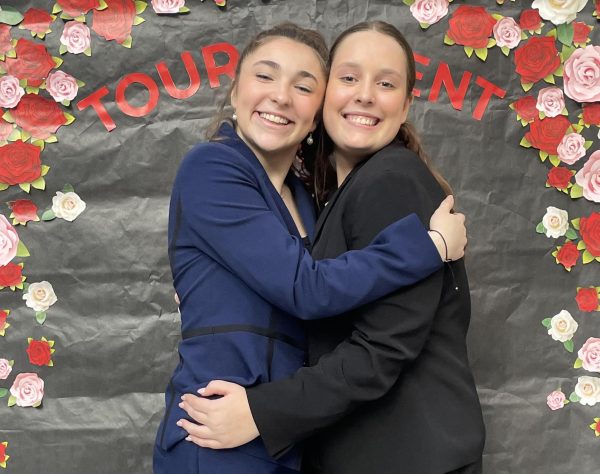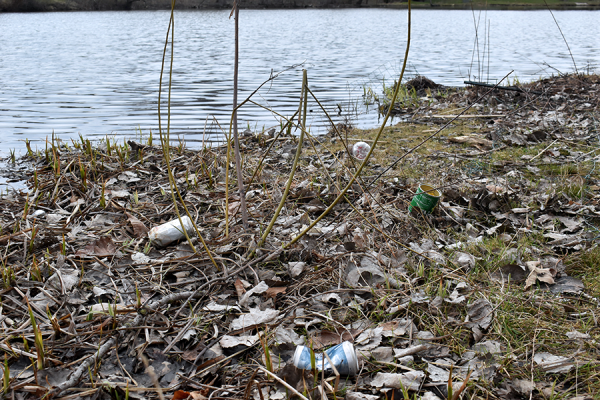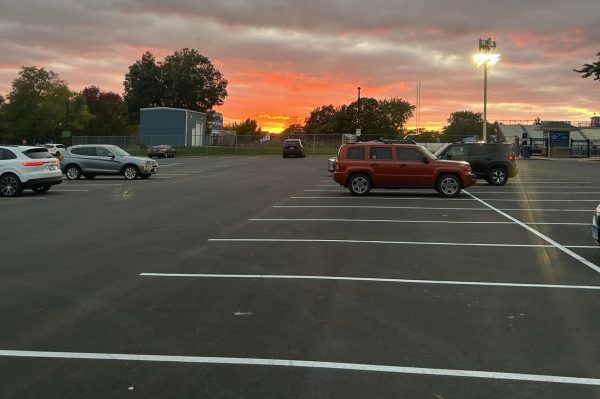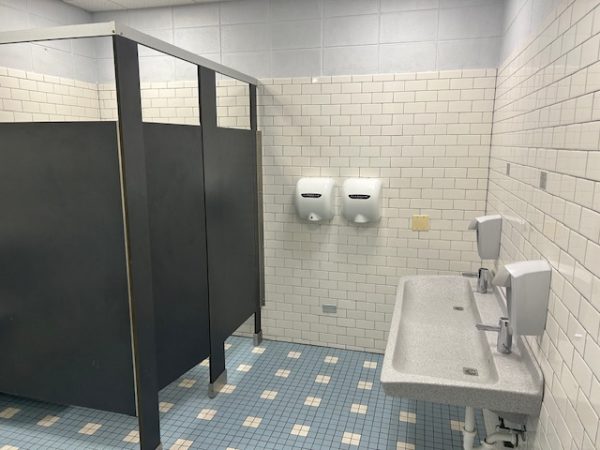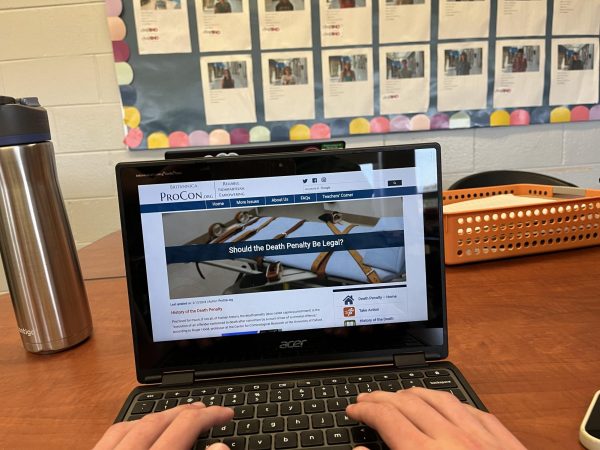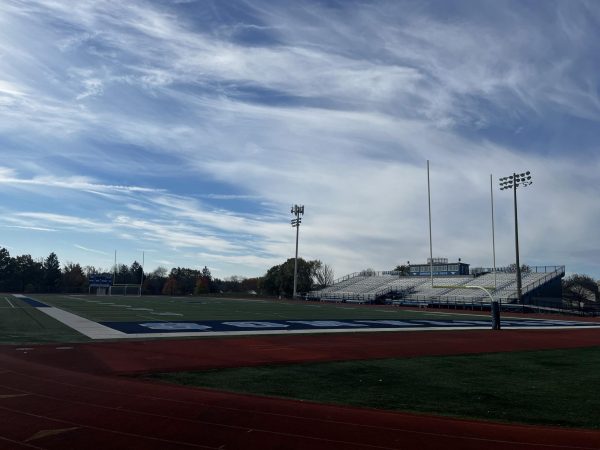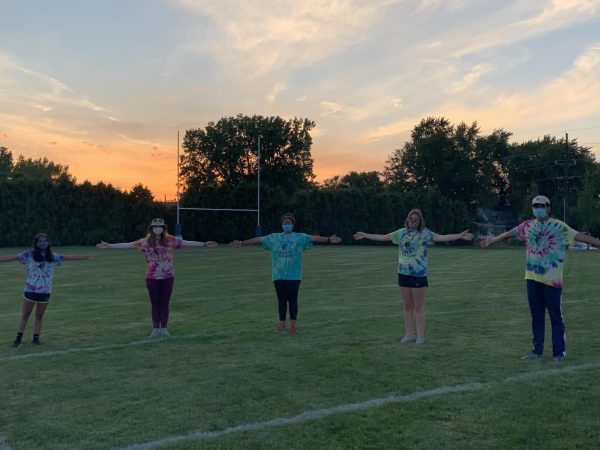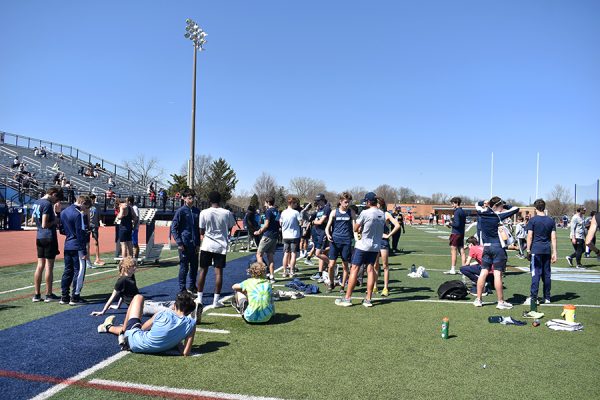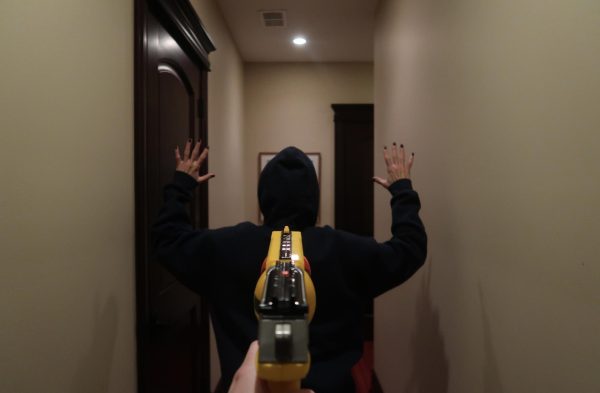District 99 spent months planning remote learning; is this really the best we can do?
Teachers attempt to effectively teach via Zoom despite the constant distractions and internet disruptions that often make this impossible.
Last spring, District 99 was forced into remote learning by the COVID-19 pandemic and Illinois School Board of Education (ISBE) guidelines. The strict guidelines and steep learning curves lead to much of the learning being done asynchronously and all without grades.
As guidelines have changed and time has gone on, it seems as if District 99 has committed itself to making this version essentially the complete opposite of last spring, representing an overcorrection on their part, which ignores a fundamental truth — that remote learning and in-person learning are not and will never be the same.
But it’s still better, I guess.
This is the general consensus among the student body as anytime a teacher asks how students like remote learning. They’re met with deadpan stares and slightly positive shrugs, a pretty good representation of the Zoom classroom.
Still, this general neutrality among the student body is an improvement on spring’s remote learning. Back then, grades could only go up and learning was done almost entirely asynchronously, leading to widespread student apathy. This combined with a massive learning curve as teachers were forced to shift their entire curriculum to a different medium explains how it was an impossible situation for everyone involved and why administration felt the need to create a remote learning plan so vastly different — doing so to a fault.
In terms of grading, as ISBE guidelines have changed, the district is now resuming grading as usual. This is surely an improvement; however, assessing students when they’re at home still remains an issue.
Almost every teacher has brought up that they simply don’t know how they’re going to have tests. This combined with the fact that many students, including myself, have had testing programs crash in the middle of assessments shows that there’s a demonstrable difference between in-person and remote assessments. A lack of a cohesive testing protocol and program points to the fact that the district failed in designing one over the summer, leaving the onus on individual teachers to come up with a testing method.
Another area that is marginally better has been the implementation of synchronous instruction. Now, every class period must meet virtually, a stark shift from the spring when only a small number of classes did this. Once again, administration has addressed a major concern from the spring and tried to fix it by doing essentially the opposite.
The problem is that Zoom simply is not, and never will be the same as a classroom. Teaching is awkward without the ability to truly engage with students, discussion is limited as students feel uncomfortable unmuting themselves and the class is only as good as a student’s internet and Chromebook.
This is another area that desperately needs to be addressed as even though the district has provided both Chromebooks and routers to students, many students are still lacking the equitable access that the district claims to provide. A 2G router and a years-old Chromebook is simply inadequate when trying to handle the internet demands of a Zoom call and any tabs open for class.
Not to mention breakout rooms, where students are placed into typically random groups of two to four students via Zoom, which, in theory, sound like a good idea until you’ve ever been in one. There you realize that having tablemates and people paired up with you in Zoom are two very different things, usually resulting in next to no conversation or collaboration.
Then comes the actually important part– learning. Again, marginal improvements have been made but teachers are constrained by a limitation of 240 minutes of work per class per week. This combined with the aforementioned gap in quality between in-person and remote learning means for nearly all classes, 240 minutes simply isn’t going to be enough.
These problems aren’t going away either. Even if we do move to a hybrid plan, a significant amount of each student’s class time will remain remote. That’s why we need to solve these problems which we can do by implementing some pretty simple changes.
Here are some suggestions on how to do so.
If the district is not already doing so, they should find a reliable testing platform and train teachers on how to implement it into their classes. This is something the district has done in the past as they mandated teachers use Google Classroom in the spring.
District 99 should ensure that every student not only has internet access but a quality and stable one that can support their classes.
Teachers should be able to assign work necessary for students to learn the same amount that they would in a regular school year.
Students should be able to select their own breakout rooms so that collaboration actually happens as it was intended.
And finally, the district must continue to adjust and adapt. Whether this means allowing some amount of hybrid learning when possible or listening to complaints from the community, there is always room for improvement.
These past six months have been without a doubt the biggest challenge administration has ever and will ever face, but what they came up with simply isn’t good enough. In all the dysfunction and disorganization, it’s clear that this remote learning plan was seen as nothing more than a backup for hybrid learning.
The students of District 99 deserve better than a simple overcorrection from last year that ignores fundamental differences between in-person and remote learning and fails to provide a truly equitable education to all students.


